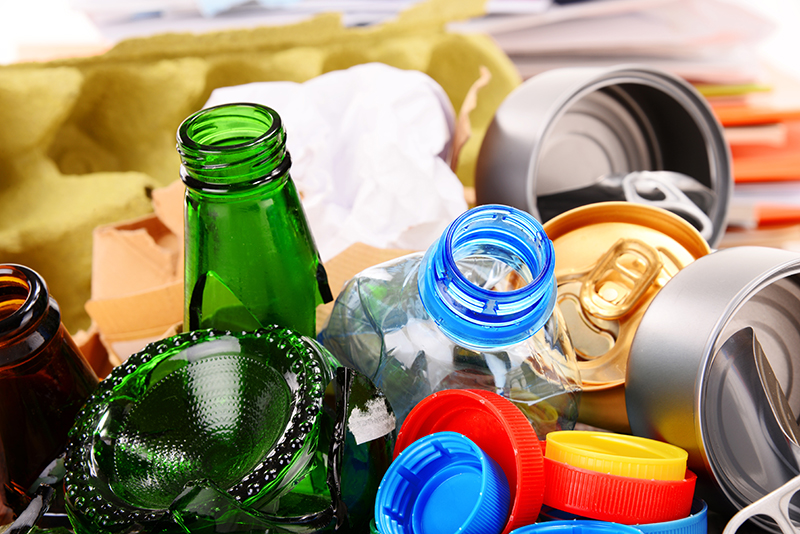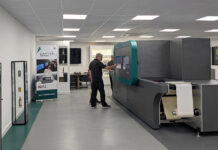
By Clodagh Hurrell, head of business EMEA at XDS Brand
WHILE packaging has been around for hundreds of years, it has evolved and changed to keep up with human demands. As we are now entrenched in the digital age, with many consumers having grown up in the age of frequent mobile, Internet and social media use, packaging must also enter a new era of innovation.
One of the ways brands are moving forward is through the use of Connected Packaging – the integration of digital technologies and connectivity features into product packaging. In recent years it has become a popular way for brands to bridge the gap between the physical and digital worlds, allowing them to enhance consumer experiences, provide valuable information and enable various functionalities. 46.5% more companies compared to last year now plan to use connected packaging in the coming year. Consumers can engage with connected packaging via their smartphones, tablets or other connected devices to access additional product information, promotions, personalised offers, interactive content or other digital experiences.
Connected packaging has significantly evolved in recent years, driven by technological advancements and shifting customer expectations. It has developed into a medium that delivers immersive, personalised, and interactive encounters, and moved beyond acting as a basic QR code to incorporate intelligent elements such as smart sensors and radiofrequency identification (RFID), augmented reality (AR) and virtual reality (VR). This technology transforms the physical touch point, in this case, packaging, into an owned media asset and creates a gateway to relevant experiences and services, ensuring there is a two-way dialogue between the brand and consumers. Packaging now has the ability to respond to these moments and change the way consumers behave.
Brands have begun to incorporate elements such as smart sensors and RFID tags into their packaging, enabling real-time tracking, monitoring, and data collection. 92% of brands believe connected packaging will become of increasing importance for the packaging industry, while 81% have begun to incorporate connected experiences into marketing plans.
In addition connected packaging empowers personalised and customised consumer experiences, leveraging technology to tailor content, offers, and recommendations based on preferences, purchase history, and location. The benefits are evident for those choosing to engage, with advantages including enhanced consumer engagement, strengthened brand loyalty and the driving of repeat purchases.
Information wanted, or needed, by the consumer on any given product using connected packaging is now more easily accessible, as its integration with e-commerce and retail experience enables consumers to access detailed product information, reviews or additional offers.
Through the integration of VR and AR, it has allowed brands to create immersive and interactive experiences for consumers. This not only bridges the gap between the two parties, but as sustainability continues to play a central role in brand strategies, connected packaging solutions are being developed with a sharp focus on reducing environmental impact and promoting sustainability, and such experiences via VR and AR do so in an authentic and innovative manner.
Connected packaging has also expanded its capabilities to the point of being able to generate valuable data that can be analysed to gain insights into consumer behaviour, product usage and market trends. For businesses, this enables more informed decision-making and personalised targeting.
Examining the variety of developments, and subsequent benefits for both the consumer and businesses, it is evident packaging has evolved from a mere vessel for products into an end-to-end experience that amplifies consumer engagement. One may ask, what was the driver behind this evolution? The demand for connected packaging is fueled by advancements in technology and rising consumer expectations. This demand is visible, and steadily growing, across sectors including pharmaceutical, retail and CPG.
As technology continues to advance and brands enter the metaverse, there are many trends and directions that could shape the future of connected packaging.
One promising direction is the integration of connected packaging into the Internet of Things (IoT) ecosystem. Imagine packaging equipped with IoT sensors and devices seamlessly communicating with connected counterparts. This will unlock enhanced supply chain visibility, real-time product tracking, and automatic reordering based on inventory levels.
The packaging of the future could incorporate features such as temperature monitoring, freshness indicators, or expiration countdowns. By providing consumers with real-time information on product quality, safety, and shelf-life, this looks to ensure optimal product usage and minimises waste.
Connected Packaging also holds the potential to revolutionise health monitoring and personalised wellness; by incorporating biosensors or wearable technology, packaging can enable consumers to track vital signs, monitor medication adherence, or receive personalised wellness recommendations.
As technology continues to advance and consumer expectations evolve, connected packaging will assume an increasingly significant role in enhancing consumer experiences, revolutionising supply chain management, and fostering meaningful brand-consumer interactions. By harnessing the power of connectivity, packaging will elevate the way we interact with products, forging a dynamic and transformative future.












